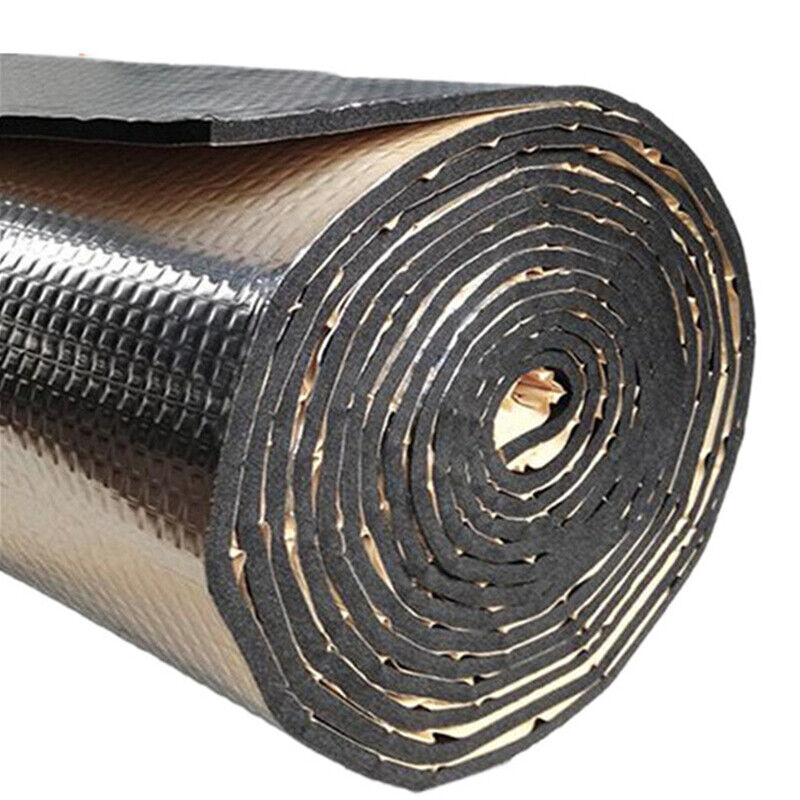In today's rapidly advancing world, the demand for effective insulation solutions is on the rise. Whether it's for residential, commercial, or industrial purposes, finding the best and affordable insulator is crucial. In this article, we will explore various insulating materials, their properties, and their cost-effectiveness. By the end, you'll have a clear understanding of the top contenders in the market and be equipped to make an informed decision. So, let's dive into the world of insulation and discover the perfect balance between quality and affordability.
- Understanding Insulation:
Insulation plays a vital role in maintaining comfortable indoor temperatures, reducing energy consumption, and enhancing overall efficiency. It acts as a barrier against heat transfer, preventing the loss or gain of heat from a space. When it comes to selecting the best insulator, several factors need to be considered, including thermal conductivity, durability, environmental impact, and cost. - Exploring Insulating Materials:
a) Fiberglass Insulation:
Fiberglass insulation is a popular choice due to its excellent thermal performance and affordability. Composed of fine glass fibers, it effectively traps air pockets, minimizing heat transfer. Fiberglass insulation is widely available, easy to install, and offers long-term durability. Its cost-effectiveness makes it a top contender for both residential and commercial applications.
b) Cellulose Insulation:
Made from recycled paper products, cellulose insulation is an eco-friendly option that provides excellent thermal resistance. It is treated with fire-retardant chemicals, making it safe for use in buildings. Cellulose insulation is known for its ability to fill gaps and voids effectively, ensuring airtightness and reducing energy loss. While it may have a slightly higher upfront cost compared to fiberglass, its long-term energy-saving benefits make it a cost-effective choice.
c) Spray Foam Insulation:
Spray foam insulation offers superior thermal performance and air sealing capabilities. It is applied as a liquid that expands and hardens into a solid foam, creating a seamless barrier. Spray foam insulation provides excellent insulation value, reduces air leakage, and can be used in various applications, including walls, attics, and crawl spaces. Although it may have a higher initial cost, its long-term energy savings and durability make it a worthwhile investment.
- Cost-Effectiveness Analysis:
To determine the best and cheap insulator, it's essential to consider the overall cost-effectiveness. While some insulating materials may have a higher upfront cost, their long-term energy savings and durability can outweigh the initial investment. Factors such as insulation thickness, installation quality, and local climate conditions also impact the overall cost-effectiveness. Consulting with insulation professionals and conducting a thorough cost analysis specific to your project can help you make an informed decision.
Conclusion:
In the quest for the best and cheap insulator, it's crucial to strike a balance between quality, affordability, and long-term benefits. Fiberglass insulation, cellulose insulation, and spray foam insulation are among the top contenders in the market, each offering unique advantages. Consider your specific requirements, budget, and energy-saving goals when selecting the most suitable insulating material. By making an informed choice, you can create a comfortable, energy-efficient space while optimizing your investment.
